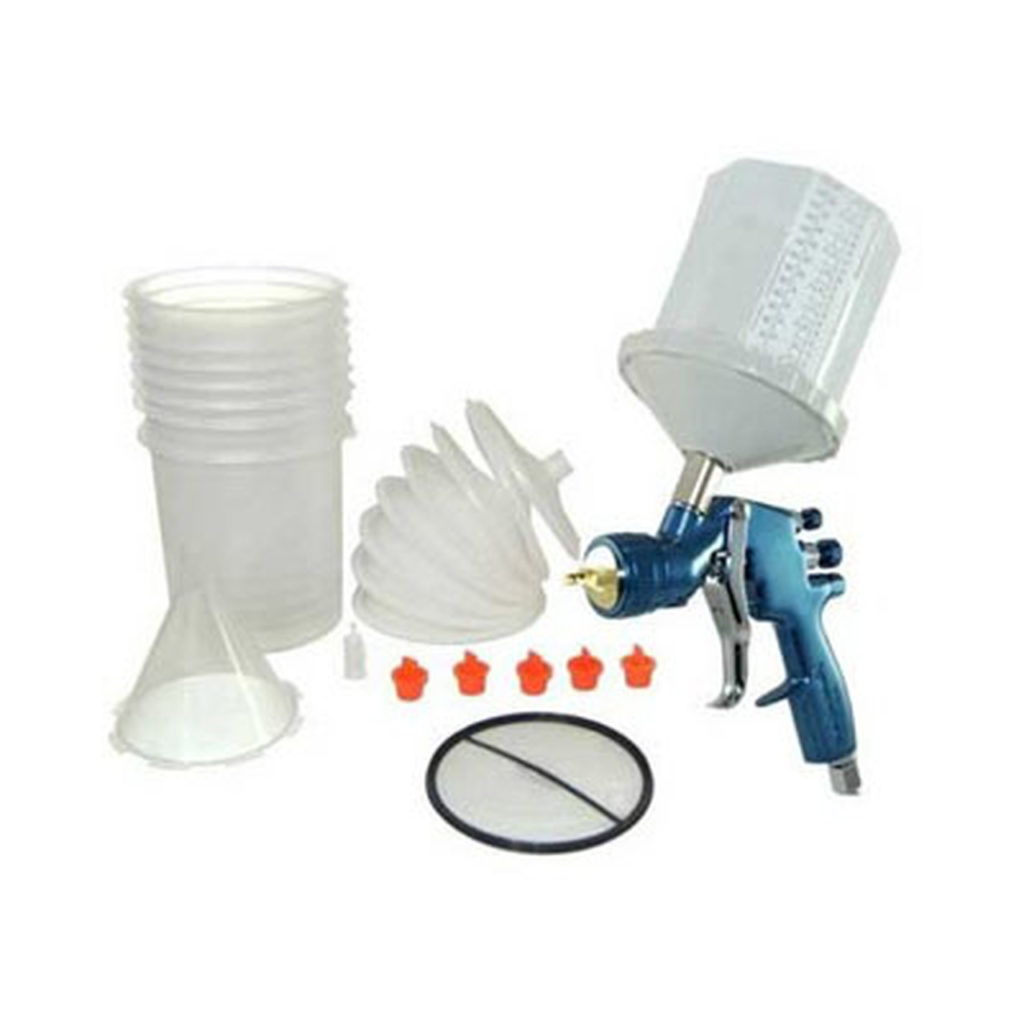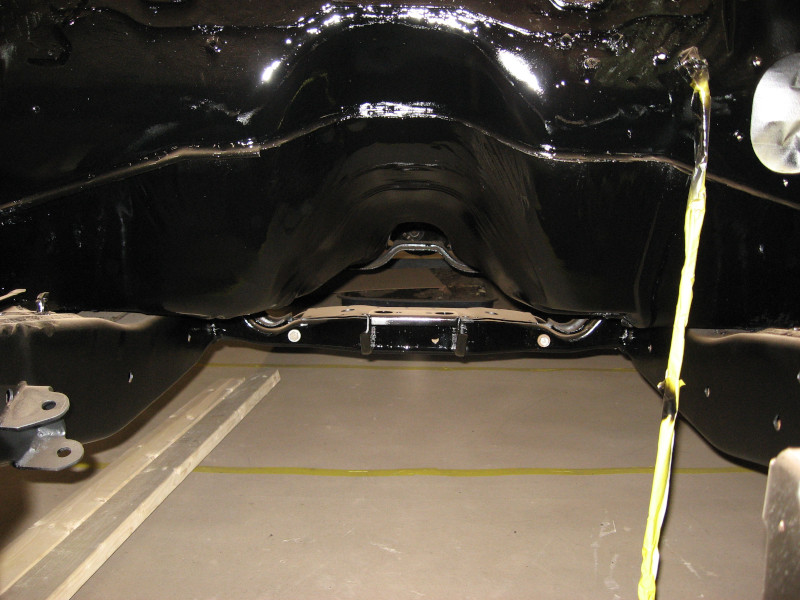I’m really lucky to have a decent workshop which includes a good selection of hand tools and basic tools for sheet metal work – including a MIG welder. What I don’t have is the ability to fabricate parts much beyond sheet metal patches.
It would be great to have a lathe, a milling machine, powerful MIG and TIG welders, a bending brake, an english wheel, a metal bandsaw, a layout table, a plasma cutter, a 3D printer, a heavy duty drill press, and tooling for all of these. I’m informed by my CFO (Chief Financial Officer) that “not happening”.
A recent development is the rise of Maker Spaces. These are community operated, typically not for profit, work spaces where people with common interests can get together to meet, socialize, and work on projects. Maker Spaces provide room to work and access to equipment like 3D printers, laser cutters, electronics labs, and tools and equipment. They commonly provide training on using the equipment as well as the opportunity to ask people with more experience for help.
Searching for nearby Maker Spaces, I discovered an industrial Maker Space called The WorcShop.

Located in Worcester, MA, The WorcShop is a complete fabrication and manufacturing facility. Resources include heavy metal cutting, forming and welding, sheet metal fabrication, both large and small lathes, milling machines, forging, a multi-axis CNC machining center, a large table CNC plasma cutter, an industrial paint booth, an electronics lab, and other resources.
In addition to regular 3D printers, they also have a 3D composite printer that prints reinforced composite parts that are strong enough for structural applications. Since I used to design composite parts for jet fighters I’m especially intrigued by this process.
The WorcShop is focused on small business incubation as well as providing resources to individual members. In addition to providing space and equipment they also provide training. So far this training is on the basics, but they plan to offer more advanced courses in the future.
I joined The WorcShop last month and have already spent quite a bit of time over there. I started by making heavy use of the sand blaster and paint booth to clean up and paint rusty parts. The sand blaster basically “paints rust off” of parts. Using the paint booth means that I don’t have to deal with setup and cleaning up paint overspray in my workshop – just hang the parts off of the stands they have, turn on the fans in the booth, and start spraying! I’ve run basically everything that isn’t a fender or part of the car structure through this process, and it’s great.
I’ve also been through the training for basic shop operations (required for everything), MIG welding, and lathe. I’ve signed up for courses on TIG welding and milling machine operation in January.
I’m currently in the middle of making the first parts for the Imperial – stay tuned for a report as soon as they are done!
One other vital fact about The WorcShop: it is heated! I’ve whined about the lack of heat in my shop; we are at the point where I will be spending little time out there for the next several months. I can now keep working on anything that I can drag over to The WorcShop. In addition to building skills in machining, fabrication, and welding, I can actually make some progress on the car while the weather is miserable. Life is good!
Next: Sway Sway Sway























